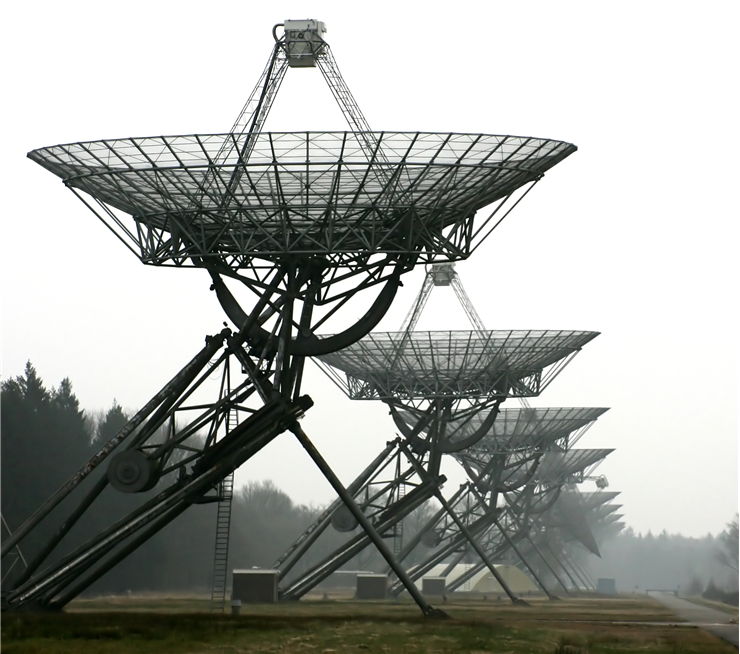How does a Telescope Work? - How Telescope is Made?
Telescopes are optical instruments that focus light in such a way that distant object look magnified. Just one year after discovery of first modern telescopes, Galileo Galilei managed to create small telescope that had 30x magnification. If you feel adventurous, you can repeat that feat today!
Anyone who wants can create simplified version of telescope can do that using mostly home supplies – two magnifying glasses (2.5-3cm will be enough, also it is helpful if one is larger than another), cardboard tube, duct tube, scissors and a ruler. To determine the perfect distance between those two lenses, take the larger lens and put it away from yourself, and then place smaller lens between it and your eye. Move the lenses and position of your head back and forward until the image that you see through smaller lens is clear. At that time, ask for your friend to measure exact distance between two lenses. After that, take the tube and mark the positions where lenses need to slot in, insert them, and make sure they are not moving. After that you can use your simple telescope.
Another tactics is to take the tube and tape up smaller lens to one side of the tube. Then you need to look through smaller lens and tube beyond it, and take larger lens and manually position it in front of the tube. This process is little complicated, but it requires minimal effort for assembling the materials.
However, when we move from amateur telescopes and spyglasses to the more professional made one, things get little more complicated. Scientific telescopes
demand much more advanced hardware and materials, starting from of course specialized lenses and mirrors that are optimized for telescopes. Main lens of
the telescope has to be very pure, usually as pure as 99.9 % of silicon and just 0.1% of impurities. The glasses are separated into two groups – crown
glasses (boron oxide, sodium oxide, potassium oxide, zinc oxide or barium oxide) and flint glasses (lead oxide). All glass components are made in furnaces
that reach 1550 °C, which ensures that all air bubbles are ejected from it. To make glasses anti-reflective, they are coated with magnesium fluoride.
Mirrors that are used are not as pure as glasses, but are made to be very accurate and coated with aluminum which provides best reflectivity.
One of the most important elements of the production of professional telescopes is quality control, which touches each step of the manufacture. Accuracy of lenses and mirrors is especially closely monitored, including their grinding, thickness, diameter, and curvature (which is measured with a device called spherometer). Tolerances for curved lens are usually plus or minus of 20 micrometers, while flat lenses (mirrors) are about plus or minus 1 micrometer (0.00004 inches).
